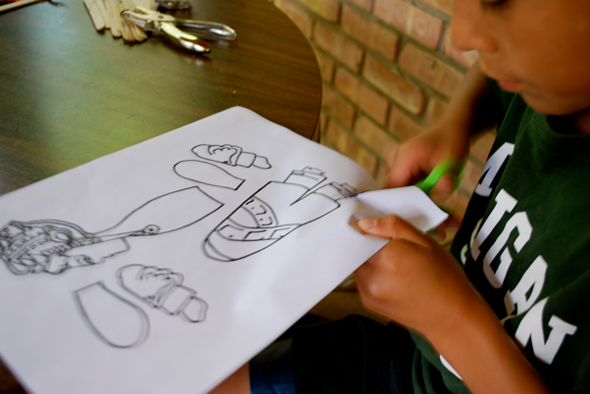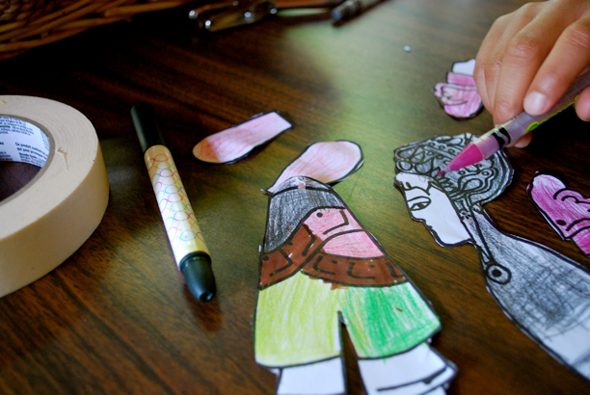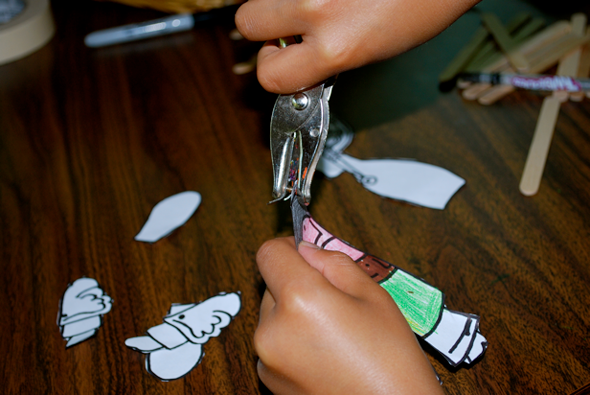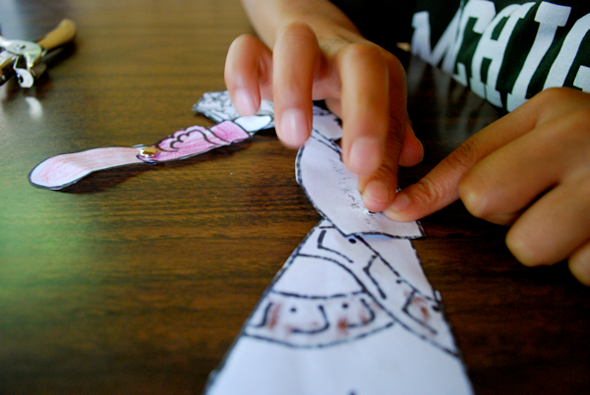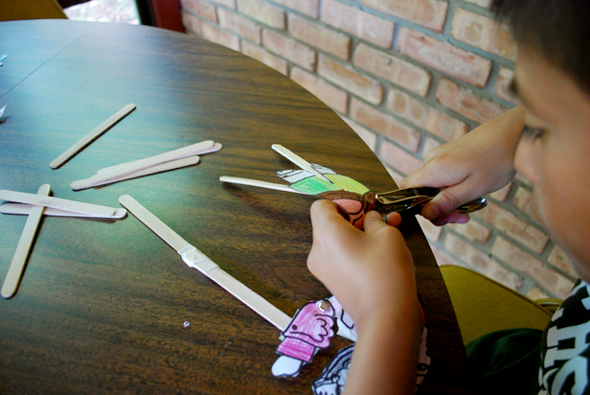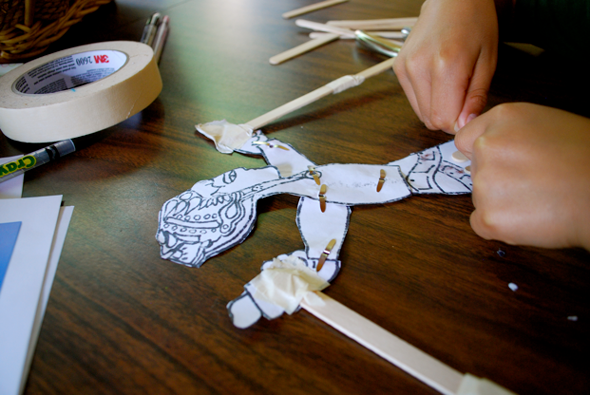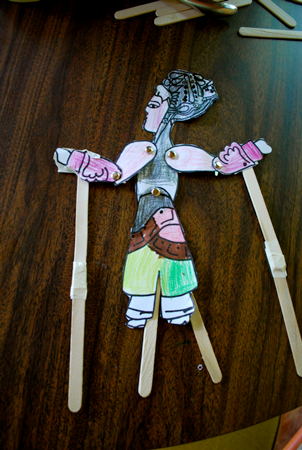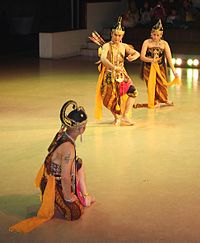Wayang Wong
Wayang wong, also known as Wayang orang (human wayang), is a type of classical Javanese dance theatrical performance with themes taken from episodes of the Ramayana or Mahabharata. Performances are stylised, reflecting Javanese court culture:
Wayang wong dance drama in the central Javanese Kraton (royal court) of Yogyakarta represents the epitome of Javanese aesthetic unity. It is total theatre involving dance, drama, music, visual arts, language, and literature. A highly cultured sense of formality permeates every aspect of its presentation.
Ramayana Wayang Wong Performance at Prambanan Temple
Wayang gedog, another form of wayang wong performance, is usually considered to be a cross between wayang wong and the Topengdance. These performances take themes from the Panji cycles stories about the kingdom of Janggala. Players wear masks known as wayang topeng or wayang gedog. The word "gedog" comes from "kedok", which, like "topeng" means "mask". The main theme is the story of Raden Panji and Candra Kirana. This is a love story about princess Candra Kirana of Kediri and Raden Panji Asmarabangun, the crown prince of Jenggala. Candra Kirana was the incarnation of Dewi Ratih (goddess of love) and Panji was an incarnation of Kamajaya (god of love). Candra Kirana's story was given the title "Smaradahana" ("The fire of love"). At the end of the complicated story they finally marry and produce a son. Panji Asmarabangun ruled Jenggala under the official names of "Sri Kameswara", "Prabu Suryowiseso", and "Hino Kertapati".
Originally, wayang wong was performed only as an aristocratic entertainment in four palaces of Yogyakarta and Surakarta.
Male performers are performing the 'gagah' dance patterns, where a more masculine and powerful dance movement, used commonly for the roles of strongly built kshatriyas, soldiers and generals.
Wayang Golek
Wayang golek are wooden doll puppets that are operated from below by rods connected to the hands and a central control rod that runs through the body to the head. The simple construction of the puppets belies their versatility, expressiveness and aptitude for imitating human dance. Today, wayang golek is mainly associated with Sundanese culture of West Java. However the wooden wayang also known in Central Java as Wayang Menak, originated from
Kudus Central Java.
Sculptures of wayang golek puppets
Little is known for certain about the history of wayang golek, but scholars have speculated that it most likely originated in China and arrived in Java sometime in the 17th century. Some of the oldest traditions of wayang golek are from the north coast of Java in what is called the pasisir region. This is home to some of the oldest Muslim kingdoms in Java and it is likely the wayang golek grew in popularity through telling the wayang menak stories of Amir Hamza, the uncle of Muhammad. These stories are still widely performed in Kabumen, Tegal, and Jepara as wayang golek menak, and in
Cirebon, wayang golek cepak. Legendary origins of wayang golek attribute their invention to the Muslim saint Wali Sunan Kudus, who used the medium to proselytize Muslim values.
In the 18th century the tradition moved into the mountainous region of Priangan West Java where it eventually was used to tell stories of the Ramayana and the Mahabarata in a tradition now called Wayang Golek Purwa, which can be found in Bandung
, Bogor
and Jakarta. The adoption of Javanese Mataram
kejawen
culture by Sundanese aristocrats was probably the remnant of Mataram influence over the Priangan region during the reign of expansive Sultan Agung
. While main characters from Ramayana and Mahabhrata are similar with wayang kulit purwa version of Central Java, some of punakawan (servant also jester) were rendered in Sundanese names and characteristics, such as Cepot or Astrajingga as Bagong, Dawala or Udel as Petruk. Wayang golek purwa
has become the most popular form of wayang golek today and the most famous puppeteer family is the Sunarya family
which has produced several generations of stellar performers.

Famous series of shows were made based on performances of wayang golek in CDs represents the importance of wayang golek within our nation.
Wayang Beber
Wayang beber relies on scroll-painted presentations of the stories being told. Wayang beber has strong similarities to narratives in the form of
illustrated ballads that were common at annual fairs in medieval and early modern
Europe. They have also been subject to the same fate—they have nearly vanished although there are still some groups of artists who support wayang beber in places such as
Surakarta (Solo) in Central Java.
The makings on Wayang Beber scenes personally by their artists.
Chinese visitors to Java during the 15th century described a storyteller or unrolled scrolls and told stories that made the audience laugh or cry. A few scrolls of images remain from those times, found today in museums. There are two sets, hand-painted on hand-made bark cloth, that are still owned by families who have inherited them from many generations ago, in Pacitan and Wonogiri, both villages in Central Java. Performances, mostly in small open-sided pavilions or auditoriums, take place according to the following pattern:
Wayang Beber normally unfolds the depiction of a battle.
Within this scene, the Wayang glass painting shows the depiction of Bharatayudha battle
The dalang gives a sign, the small gamelan orchestra with drummer and a few knobbed gongs and a musician with a rebab (violin-like instrument held vertically) begins to play and the dalang unrolls the first scroll of the story. Then, speaking and singing, he narrates the episode in more detail. In this manner, in the course of the evening he unrolls several scrolls one at a time. Each scene in the scrolls represents a story or part of a story. The content of the story typically stems from the Panji romances which are semi-historical legends set in the 12th-13th century East Javanese kingdoms of Jenggala, Daha and Kediri, and also in Bali.
